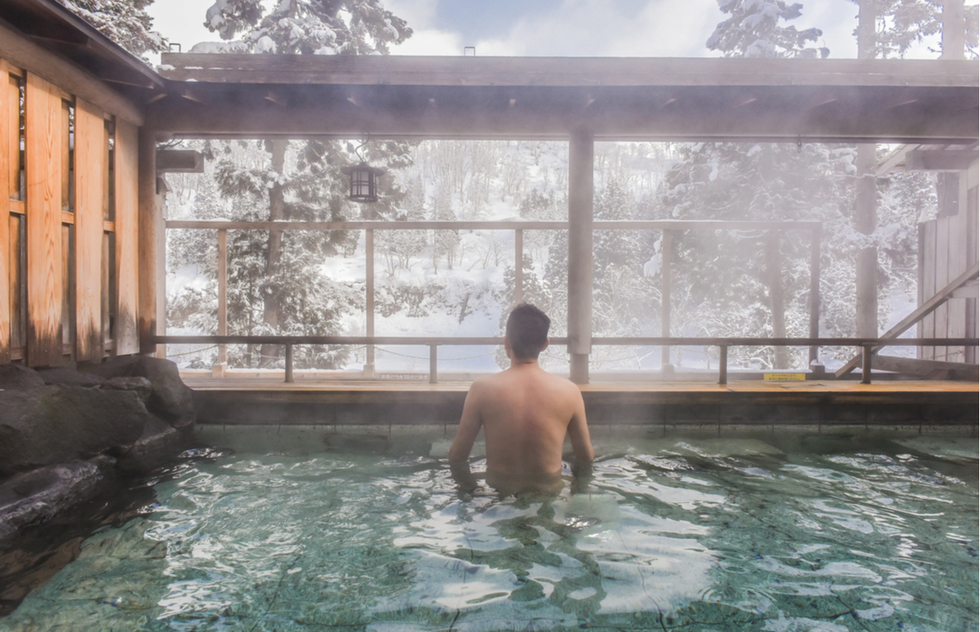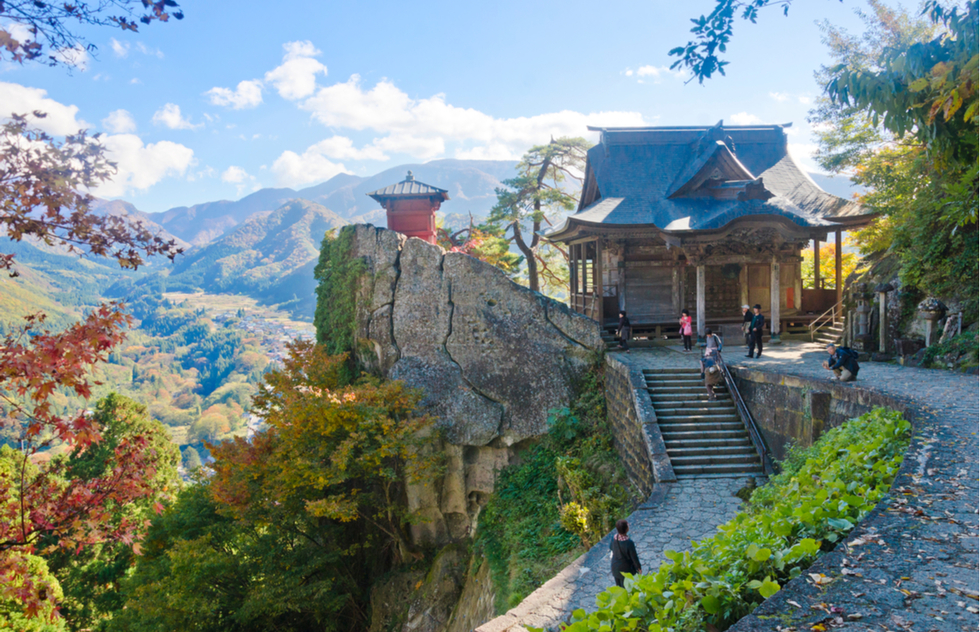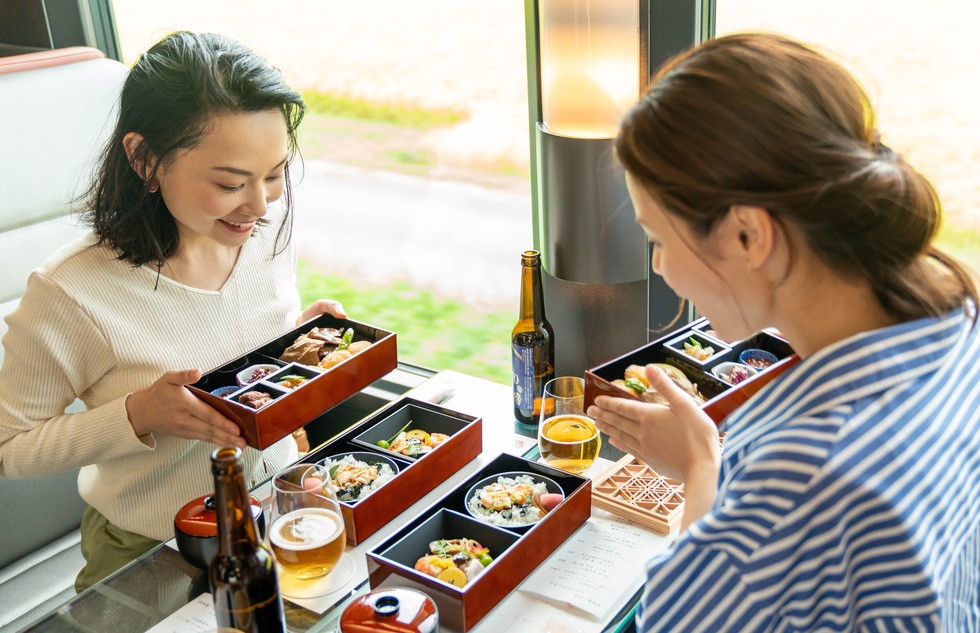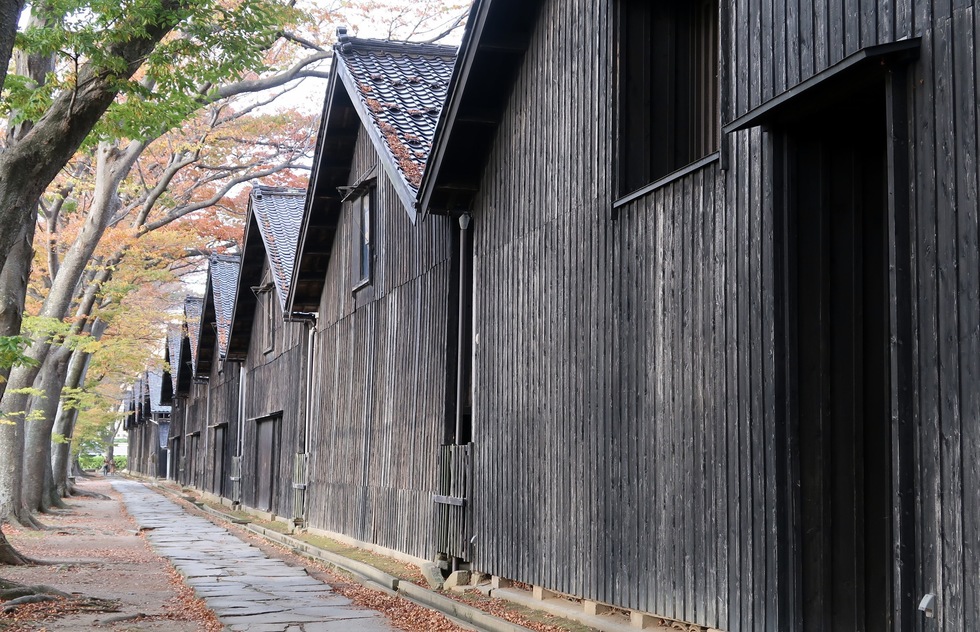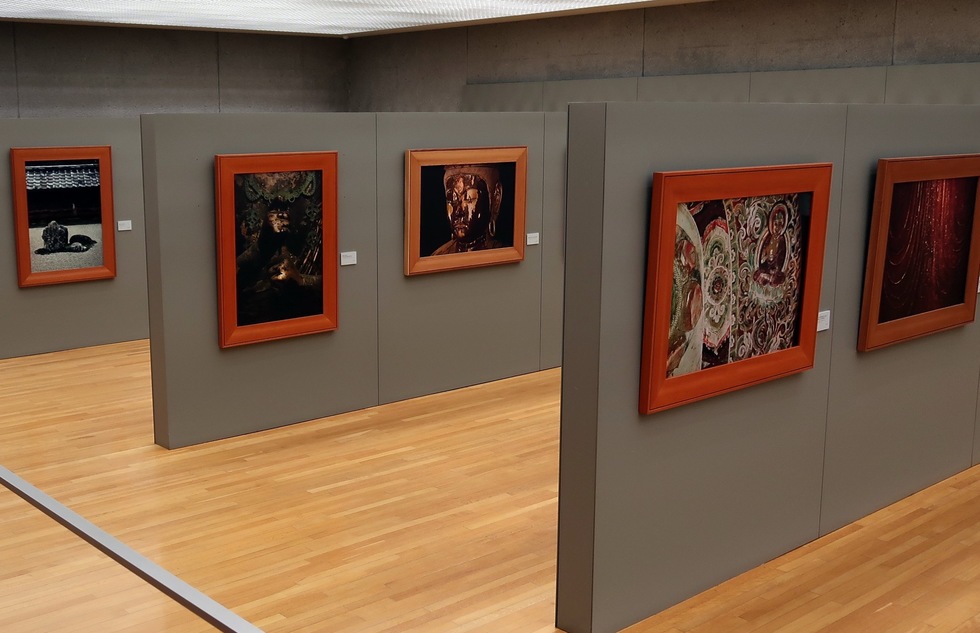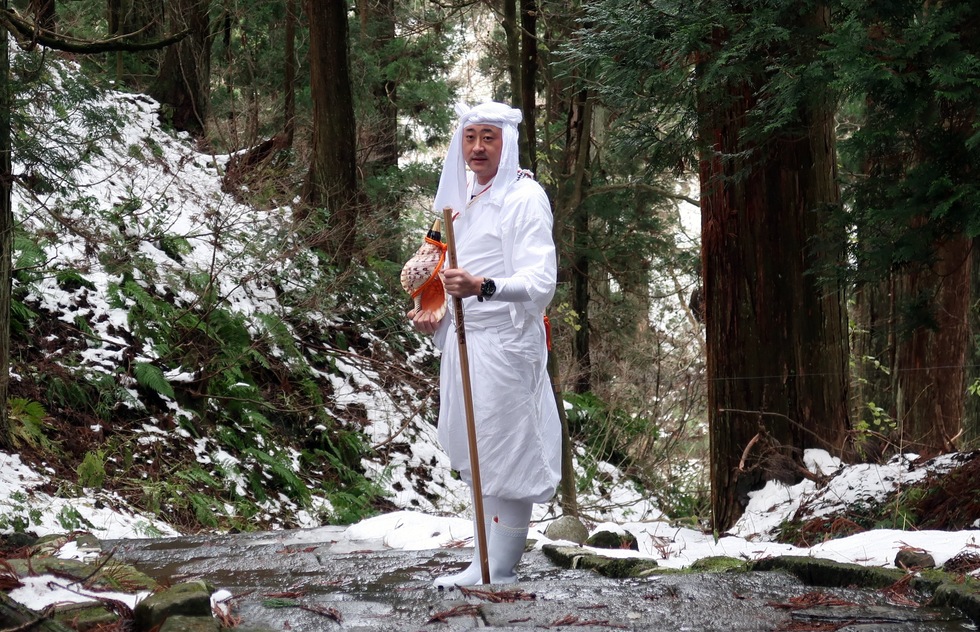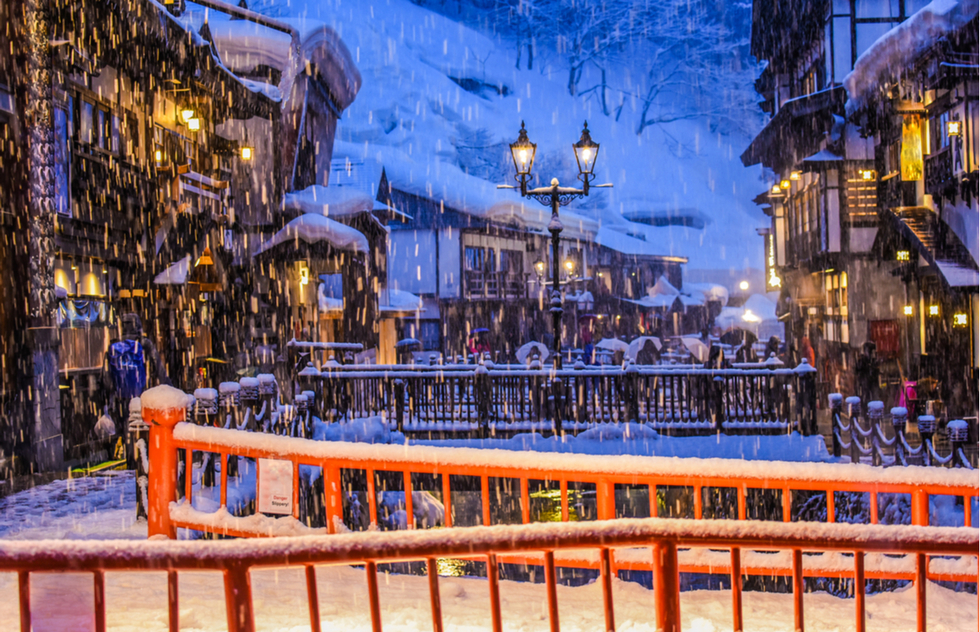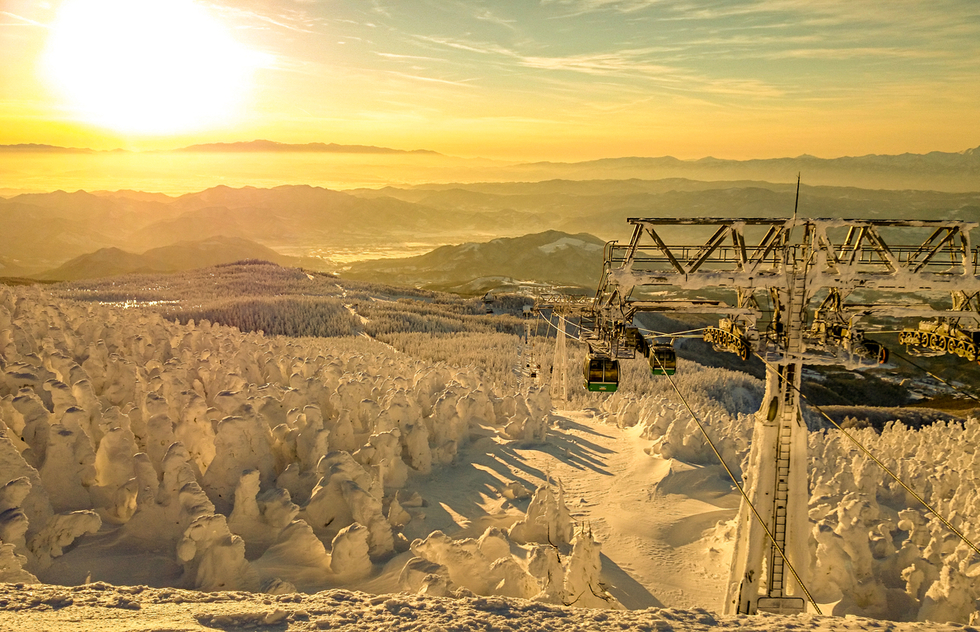Finding Temples, Hot Springs, and Snow Monsters in Quiet Northern Japan
By Beth ReiberThis complete stillness
Sinking into the very rocks
The voice of cicadas
That’s the haiku that Matsuo Bashō wrote after climbing the stone staircase to Risshakuji Temple in 1689. Follow in the poet’s footsteps today and you may not find “complete stillness,” but you can come close. The temple is located in northern Japan’s Yamagata Prefecture in the off-the-beaten-path Tōhoku region, which receives fewer than 2% of the country’s international visitors. Amid a landscape of mountains and hot springs, you can explore Buddhist temples, stay at traditional inns, and go skiing with “snow monsters” (more on those later), all without battling the crowds at more popular destinations such as Kyoto and the winter resorts of Hokkaido. One rigorous sect of mountain hermits based in Yamagata Prefecture could even set you on the path to enlightenment. Here are some of the best places to experience this overlooked region that’s rich in both cultural and natural beauty.
Risshakuji, commonly referred to as Yamadera, is one of the region’s most sacred places. Founded in 860 A.D., the temple occupies a spot along craggy cliffs where souls of the departed are thought to gather. More than 1,000 stone steps lead past towering cedars, moss-covered gravestones, monuments, and statues. Be sure to stop by Nenbutsudo Prayer Hall to touch the Amida Buddha statue; it’s believed to have healing powers. Continuing beyond Ubado Hall—the boundary between hell below and heaven above—you’ll ascend to Godaido, an observation deck with sweeping views of the surrounding mountain range.
Of the many museums dedicated to Japan’s foremost haiku poet, Yamadera Basho Memorial Museum is probably the most satisfying (and there’s plenty of information in English). Bashō came to Yamadera during his 1,490-mile trek through Tōhoku, which he chronicled with haiku and observations in The Narrow Road to the Deep North (Oku no Hosomichi), first published in 1702. At the museum, you’ll see examples of the poet’s work, materials related to his Tōhoku trip, and artwork by Bashō’s many disciples and followers. Maybe you’ll be inspired to enter the museum’s annual English haiku contest. At the very least, you can fortify yourself with some matcha green tea before climbing the temple’s formidable stone staircase.
Pictured above: statue of Bashō at Yamadera
The Kairi is part of a network of “Joyful Trains” that aim to elevate rail travel above the ordinary. Using an energy-efficient hybrid diesel train with four cars, the line runs along the coastline between the cities of Sakata and Niigata. The 2.5-hour journey comes with scenic views of the Sea of Japan, inland plains, and the sacred Three Mountains of Dewa. But what makes the trip extra-special is the onboard menu created by chefs from some of the region’s famous restaurants. You can enjoy their creations in the dining car or order a bento in advance.
During the Edo Period (1603-1867), the 142-mile Mogami River served as a vital route for rice, safflower, soybeans, and merchants being ferried to the trading hub of Sakata. Even Bashō traveled by boat on the Mogami during his epic Tōhoku travels. Today, you can take a one-hour cruise offered by Mogami River Basyo Line Descent. The scenery is probably at its best in autumn, when leaves are ablaze in shades of red, orange, and yellow on hillsides punctuated with cliffs and waterfalls. Along the way, the boatman serenades passengers with local songs, stopping briefly at a floating snack bar where you can buy grilled sweet fish on a stick.
Rice was a hot commodity for boats traversing the Mogami River. In Sakata at the mouth of the waterway, bags upon bags of the stuff were stored in a row of warehouses built in 1893. Nine of the 12 Sankyo-soko Rice Storehouses still serve their original function. Shaded by zelkova trees to regulate temperature and humidity, the structures were built with two-tiered roofs for circulation and with wood walls charred and coated with oil to protect against bugs. Even the narrow canals surrounding the buildings had a purpose—the water was stocked with crabs to deter rats and other pests. The remaining three storehouses now contain a restaurant, the Shonai Rice History Museum, and the Sakata Yume no Kura, an excellent crafts shop where you can also buy food items and sake from all over Yamagata Prefecture.
As Sakata thrived as a port town, some merchants became fabulously wealthy. A case in point: the Homma family, reputed to have been the richest landowners in Japan during the 18th and 19th centuries. The Homma Museum of Art displays items presented to the family by feudal lords, as well as purchased works dating mostly from the Edo Period. Adjoining the museum is Seienkaku villa, built in 1813 and later used by Showa Emperor Hirohito and other royals. The villa overlooks a compact strolling garden centered on a pond and studded with stones brought as ballast from all over Japan. To provide dockworkers employment during the slow winter months, the Homma family gave them work maintaining the garden. On clear days, you can see Yamagata’s highest peak, Mount Chokai, rising in the background.
Ken Domon was a prolific photographer of postwar Japan, capturing indelible images of famous and ordinary people as well as everyday scenes that have since gone the way of the rickshaw. His zoomed-in shots of religious art, taken with a desire to reveal the soul of Japan, supply a unique, almost 3-D take on famous temples, making even well-traveled visitors wish they could go back and see them all again. After Domon dedicated all 70,000 of his works to his hometown of Sakata, this museum opened in 1983 as Japan’s first dedicated solely to photography. Several of Domon’s artist friends contributed works of their own, including Isamu Noguchi, whose sculpture graces the outdoor courtyard of the museum’s striking contemporary building.
For more than 1,400 years, adherents of the Shugendō sect, which combines Buddhist principles with Shintoism’s worship of nature, have revered the Three Sacred Mountains of Dewa. A hike to all three is considered a journey from death to rebirth, with Mount Haguro representing the present life, Mount Gassan the past, and Mount Yudono the future. Shugendo practitioners, called Yamabushi, believe that through strict—some might say grueling—ascetic training and by bonding with nature, they can reconnect with their true selves and achieve spiritual enlightenment. Once carried out in secret, Yamabushi training sessions are now open to foreigners. Tasks include vigorous treks, ablutions in cold mountain streams and under waterfalls, meditation, chants, and simple vegetarian meals. The deities of all three peaks are enshrined on Mount Haguro, where 2,446 stone steps lead past a 14th-century wooden pagoda and a 1,000-year-old cedar tree on the way to the summit.
If you’d like to experience what it’s like to stay in a Buddhist temple without the rigors of Yamabushi training, nearby Zenpoji Temple offers 10 simple tatami rooms, vegetarian meals, Zazen meditation, and a 5:30am morning prayer ceremony. Located near the town of Tsuruoka, Zenpoji has roots in the 9th century. The temple is dedicated to the dragon god of water and therefore has many followers among those in the fishing industry. In 1883, donations from those devotees helped build the five-story stupa—the only one of its kind in Japan. Inside the Hall of the Five Hundred Arhats (pictured), an astounding collection of more than 500 statues, each of them different, represents disciples of Buddha.
Yamagata Prefecture’s 83 onsen resorts give plenty of choices for soaking your cares and ailments away. But none of those hot springs have as fine a setting as Ginzan Onsen, which looks like a woodblock print from the Edo Period (it helps that cars aren’t allowed in the area). Ginzan lies in a narrow valley, straddling both sides of a stream that’s lined with a handful of shops and restaurants and just a dozen ryokan (traditional inns). The limited accommodation options mean that reservations should be made as far as six months in advance for the privilege of staying here. Of the four inns occupying wooden structures more than a century old, Notoya Ryokan stands out for its ownership stretching back 17 generations. Fujiya is a modern ryokan with traditional elements; it was designed by Kengo Kuma, whose credits include Tokyo’s National Stadium built for the 2020 Summer Olympics. Because of the heavy snowfall Ginzan receives, winter is the most popular season to visit.
Don’t let anybody tell you the Abominable Snowman is a myth. In wintertime at Yamagata’s Zao Onsen Ski Resort, a whole family of “snow monsters” populates the slopes. The phenomenon is caused by ice and snow freezing to trees in a way that creates oversize fantastical globs surrounding the resort’s ski runs and snowboarding areas. Snow monsters are best seen in February, though ski season runs from December to May. Hiking is popular in summer, while sake-sipping occurs year-round at Zao’s Yamagata Sake Museum. The place is actually a bar pouring well-known and hard-to-find sake varieties from 49 different breweries. If you spot any snow monsters throwing back a few, you’ll know it’s time to stop drinking.





